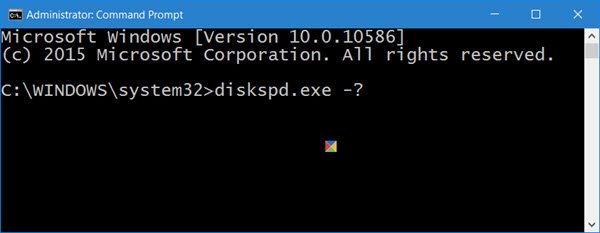Windows OS systems can use the latest version of Diskspd, a feature-rich and versatile storage testing tool from Microsoft TechNet, ideal for synthetic storage subsystem testing and validation. To be precise, a performance benchmarking tool. Normally, the open-source application is used whenever you plan to set up new storage or a new server. In addition, it can be used when you make big changes to storage. Making the tool work is simple.

Diskspd is a Storage Testing Tool
Diskspd is a feature-rich and versatile storage testing tool, Diskspd combines robust and granular IO workload definition with flexible runtime and output options, creating an ideal tool for synthetic storage subsystem testing and validation.
Just download the executable file from TechNet. The tool is provided as a single zip file (since it is an open-source application, it can be modified as per one’s preference. Its source code is available at GitHub for those who are interested) and extracts the archive to your file system. Following the unzipping, you’ll find versions for x86, x64, or AMD-based systems.
Next, run the tool via a command line. To do so, press the Windows-key, typing cmd.exe, holding down Shift and Ctrl, and hitting the Enter key in the end.
For a listing of all program options, run:
diskspd.exe -?
You can use the command diskspd.exe c: to run a 10 second test on drive c of the computer using default parameters.
Diskspd highlights include:
- Variable read/write IO percentage settings
- Synchronization and tracing functionality
- Ability to target physical disks in addition to partitions and files
- Custom CPU affinity options
- Consumable XML output option
Diskspd fetches information about CPU usage during the test, as well as total, read and write IO.
For more information and how to use this tool, visit Microsoft or Github.
Leave a Reply